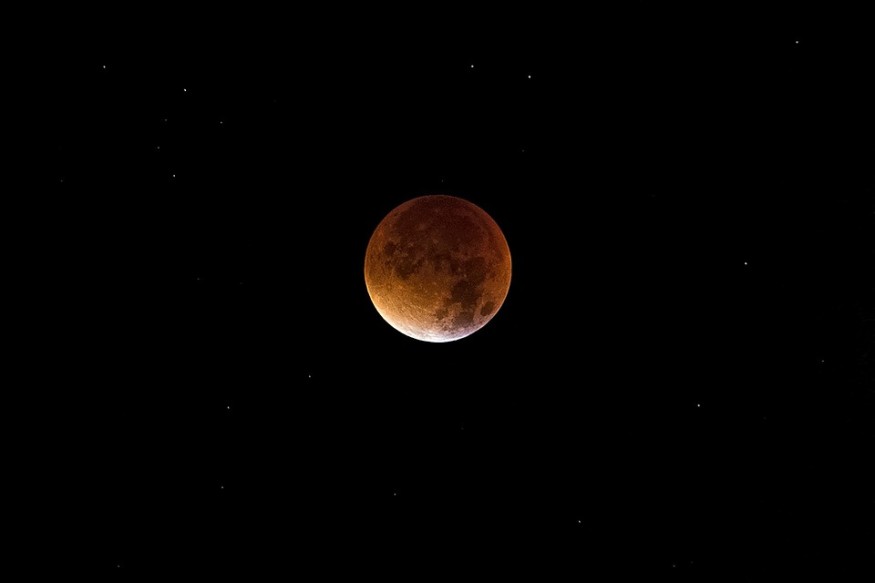
Moon enthusiasts, get ready. A full moon will appear on the skies on Sunday night.
The full moon, known as the Hunter's Moon, always follows Harvest Moon in September. You will be able to see it in the sky starting Sunday, Oct.13, around 5 p.m. ET.
The best occasions to see the October Full Moon are at moonrise and moonset when Earth's natural satellite shows up, especially near the skyline. During this season on the northern side of the equator, that implies the Full Moon is set against the autumnal backdrop.
How did October's Full Moon get its name?
Tribes can choose names for the Full Moons, which were adopted by European settlers later on. The Farmer's Almanac said Hunter's Moon gets its name from the Native Americans.
Last month's Full Moon, which was called the Harvest Moon, meant that the products could be harvested under the moonlight. It allowed farmers to continue their activities at night. When the sunset and moonrise are close together, the fields are being illuminated by the moon. This month's full moon, animals would come to the fields for scaps after the harvest. It will be easier to hunt in the darkness successfully and to see deer and other animals with the full moon and help hunters search for food for their consumption.
The Hunter's Moon is the first full moon following the Harvest Moon, which falls each year around the autumnal equinox, according to an article from NASA.
It means hunters could easily see animals that have come out of the glean, and foxes may come out to prey on them since the harvesters have reaped the fields. The earliest use of the term "Hunter's Moon" was used in the Oxford English Dictionary in 1710.
Why is this month's Full Moon so small?
Several amateur photographers may become excited when a Full Moon—also known as Supermoon—gets closer to our skyline as it will get brighter and brighter until it is illuminated today. However, this year may be considered as a Micro Moon.
According to Express.co.uk, Hunter's Moon will be significantly smaller today since it will be the farthest location on the planet. Earth's celestial satellite is currently approximately 250,000 miles away from the planet.
The satellite, therefore, is at its most distant from the Earth during its 3-day orbit. It can happen anytime during the moon's orbit and will likely occur when the moon is at the First Quarter when it's full.
After September's harvest moon and October's hunter's moon, the beaver moon in November is the next and only full moon to catch in that month's lunar cycle. The name originated from the Algonquin people and was eventually adopted by European colonists in North America.
Go out when the sky is at its darkest—at around midnight—on Nov. 12 for best viewing conditions and ensure that you'll be on minimal light pollution. The fullest state would be at around 8:34 p.m., ET, and will appear full on the previous and following evening.
© 2025 NatureWorldNews.com All rights reserved. Do not reproduce without permission.





